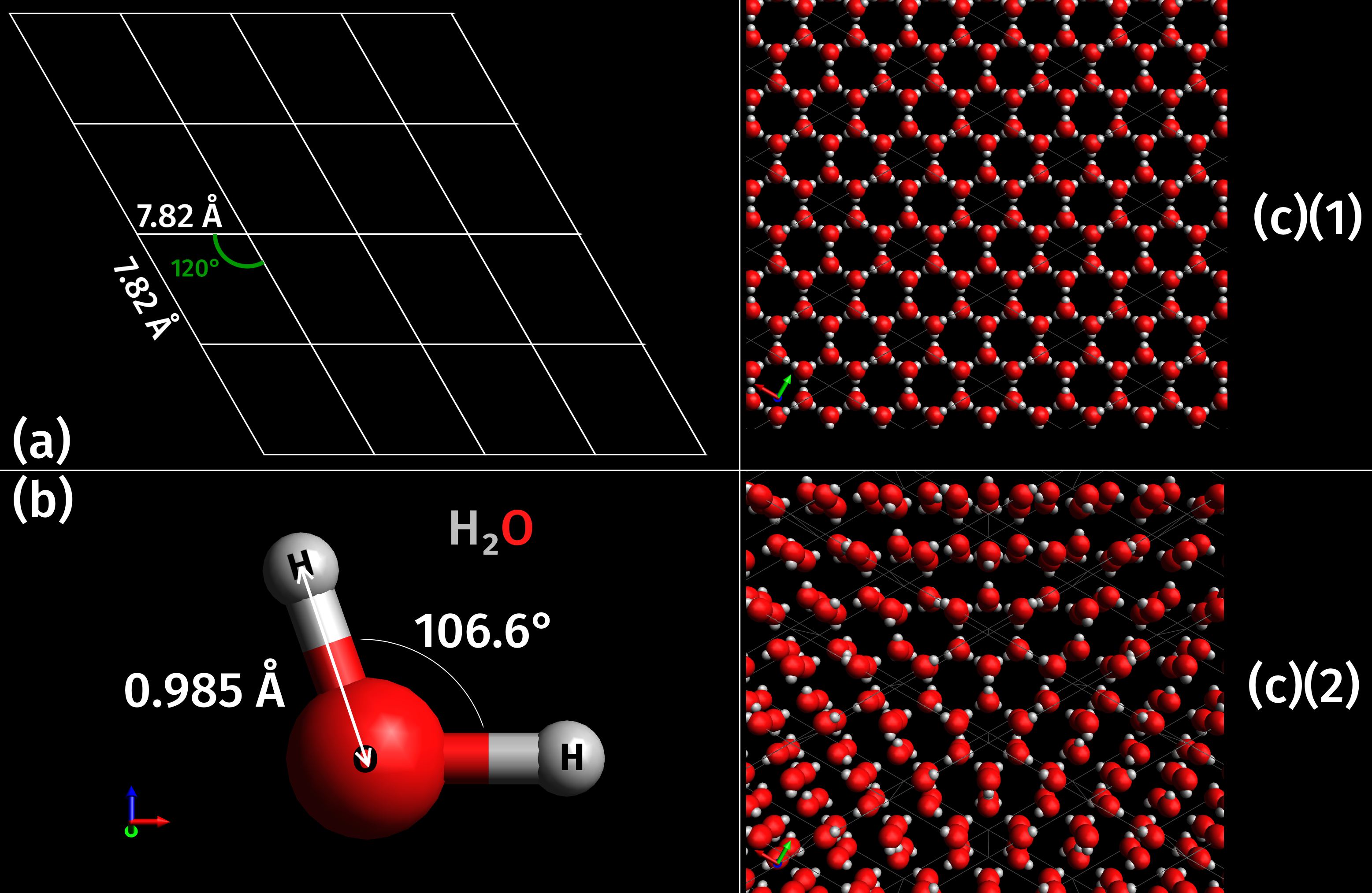|
Linchpin Ice Rise
Linchpin Ice Rise is a small ice rise northeast of Miller Ice Rise, situated near the ice front of Wordie Ice Shelf on the Fallières Coast of Antarctica. The feature was mapped from U.S. Landsat imagery, 1974–79, and was so named by the UK Antarctic Place-Names Committee because the ice rise plays a "linchpin A linchpin, also spelled linch pin, lynchpin, or lynch pin, is a fastener used to prevent a wheel or other part from sliding off the axle upon which it is riding. The word is first attested in the late fourteenth century and derives from Middle ..." role in maintaining the position of the ice front, as observed in 1979. References Ice rises of Graham Land Fallières Coast {{FallièresCoast-geo-stub ... [...More Info...] [...Related Items...] OR: [Wikipedia] [Google] [Baidu] |
Ice Rise
An ice rise is a clearly defined elevation of the otherwise very much flatter ice shelf, typically dome-shaped and rising several hundreds of metres above the surrounding ice shelf . An ice rise forms where the ice shelf touches the seabed due to a locally increased elevation of the seabed, which however remains below sea level. (In contrast, an elevation in the seabed that extends above sea level is defined as an island). The ice shelf flows over the seabed elevation, completely covering it with ice, thereby forming an ice rise. The resulting stress increases cause crevasse formation around the ice rise. An island within and totally covered by the ice shelf may appear the same as an ice rise. Elaborate measurements may be required to distinguish between these two geographic features. Although ice rises are typically located within the ice shelf area, they can partially face the open sea. At present, ice rises are found only within the ice shelves of Antarctica. The largest ice ... [...More Info...] [...Related Items...] OR: [Wikipedia] [Google] [Baidu] |
Miller Ice Rise
Miller Ice Rise () is an ice rise nearly long and wide at the ice front (1974) of the Wordie Ice Shelf, west-northwest of the Triune Peaks, in southern Marguerite Bay, Antarctica. It was surveyed by the Falkland Islands Dependencies Survey in 1948–49, and was photographed from the air by the U.S. Navy in 1966. The feature was named, in 1977, by the Advisory Committee on Antarctic Names for Richard Miller, a U.S. Navy chief radioman at Palmer Station Palmer Station is a United States research station in Antarctica located on Anvers Island, the only US station located north of the Antarctic Circle. Initial construction of the station finished in 1968. The station, like the other U.S. Antarc ... in the winter party of 1968. References Ice rises of Graham Land Fallières Coast {{FallièresCoast-geo-stub ... [...More Info...] [...Related Items...] OR: [Wikipedia] [Google] [Baidu] |
Wordie Ice Shelf
The Wordie Ice Shelf () was a confluent glacier projecting as an ice shelf into the SE part of Marguerite Bay between Cape Berteaux and Mount Edgell, along the western coast of Antarctic Peninsula. In March 2008, the British Antarctic Survey reported that it appeared ready to break away from the Antarctic Peninsula. By April 2009 it had done so, vanishing completely. Discovered by the British Graham Land Expedition (BGLE) under Rymill, 1934–37, who named this feature for Sir James Wordie, Honorary Secretary (later President) of the Royal Geographical Society, member of the Discovery Committee, and chairman of the Scott Polar Research Institute. He also had been geologist and Chief of the Scientific Staff of the British expedition, 1914–16, under Ernest Shackleton. See also * List of Antarctic ice shelves This is a list of Antarctic ice shelves. Ice shelves are attached to a large portion of the Antarctic coastline. Their total area is 1,541,700 km2. Names are ... [...More Info...] [...Related Items...] OR: [Wikipedia] [Google] [Baidu] |
Fallières Coast
The Fallières Coast is that portion of the west coast of the Antarctic Peninsula between the head of Bourgeois Fjord and Cape Jeremy and lies on Marguerite Bay and the Wordie Ice Shelf. On the south it is joined by Rymill Coast, and in the north by Loubet Coast. Fallières Coast was first explored in January 1909 by the French Antarctic Expedition under J.B. Charcot, who named it for Armand Fallières, then President of France The president of France, officially the president of the French Republic (french: Président de la République française), is the executive head of state of France, and the commander-in-chief of the French Armed Forces. As the presidency is .... References Coasts of Graham Land {{FallièresCoast-geo-stub ... [...More Info...] [...Related Items...] OR: [Wikipedia] [Google] [Baidu] |
Landsat
The Landsat program is the longest-running enterprise for acquisition of satellite imagery of Earth. It is a joint NASA / USGS program. On 23 July 1972, the Earth Resources Technology Satellite was launched. This was eventually renamed to Landsat 1 in 1975. The most recent, Landsat 9, was launched on 27 September 2021. The instruments on the Landsat satellites have acquired millions of images. The images, archived in the United States and at Landsat receiving stations around the world, are a unique resource for global change research and applications in agriculture, cartography, geology, forestry, regional planning, surveillance and education, and can be viewed through the U.S. Geological Survey (USGS) "EarthExplorer" website. Landsat 7 data has eight spectral bands with spatial resolutions ranging from ; the temporal resolution is 16 days. Landsat images are usually divided into scenes for easy downloading. Each Landsat scene is about 115 miles long and 115 miles wi ... [...More Info...] [...Related Items...] OR: [Wikipedia] [Google] [Baidu] |
UK Antarctic Place-Names Committee
The UK Antarctic Place-Names Committee (or UK-APC) is a United Kingdom government committee, part of the Foreign and Commonwealth Office, responsible for recommending names of geographical locations within the British Antarctic Territory (BAT) and the South Georgia and the South Sandwich Islands (SGSSI). Such names are formally approved by the Commissioners of the BAT and SGSSI respectively, and published in the BAT Gazetteer and the SGSSI Gazetteer maintained by the Committee. The BAT names are also published in the international Composite Gazetteer of Antarctica maintained by SCAR. The Committee may also consider proposals for new place names for geographical features in areas of Antarctica outside BAT and SGSSI, which are referred to other Antarctic place-naming authorities, or decided by the Committee itself if situated in the unclaimed sector of Antarctica. Names attributed by the committee * Anvil Crag, named for descriptive features *Anckorn Nunataks, named after J. F. Anc ... [...More Info...] [...Related Items...] OR: [Wikipedia] [Google] [Baidu] |
Linchpin
A linchpin, also spelled linch pin, lynchpin, or lynch pin, is a fastener used to prevent a wheel or other part from sliding off the axle upon which it is riding. The word is first attested in the late fourteenth century and derives from Middle English elements meaning "axletree pin". Securing implements onto the three-point hitch of a tractor is an example of application. Linchpins may also be used in place of an R-clip for securing hitch pins. Metaphorical use The word "linchpin" is also used figuratively to mean "something r someone R, or r, is the eighteenth letter of the Latin alphabet, used in the modern English alphabet, the alphabets of other western European languages and others worldwide. Its name in English is ''ar'' (pronounced ), plural ''ars'', or in Irelan ...that holds the various elements of a complicated structure together". See also * * * * * * * * References External links Fasteners {{tech-stub ... [...More Info...] [...Related Items...] OR: [Wikipedia] [Google] [Baidu] |
Ice Rises Of Graham Land
Ice is water frozen into a solid state, typically forming at or below temperatures of 0 degrees Celsius or Depending on the presence of impurities such as particles of soil or bubbles of air, it can appear transparent or a more or less opaque bluish-white color. In the Solar System, ice is abundant and occurs naturally from as close to the Sun as Mercury to as far away as the Oort cloud objects. Beyond the Solar System, it occurs as interstellar ice. It is abundant on Earth's surfaceparticularly in the polar regions and above the snow lineand, as a common form of precipitation and deposition, plays a key role in Earth's water cycle and climate. It falls as snowflakes and hail or occurs as frost, icicles or ice spikes and aggregates from snow as glaciers and ice sheets. Ice exhibits at least eighteen phases ( packing geometries), depending on temperature and pressure. When water is cooled rapidly (quenching), up to three types of amorphous ice can form depending on its hist ... [...More Info...] [...Related Items...] OR: [Wikipedia] [Google] [Baidu] |


